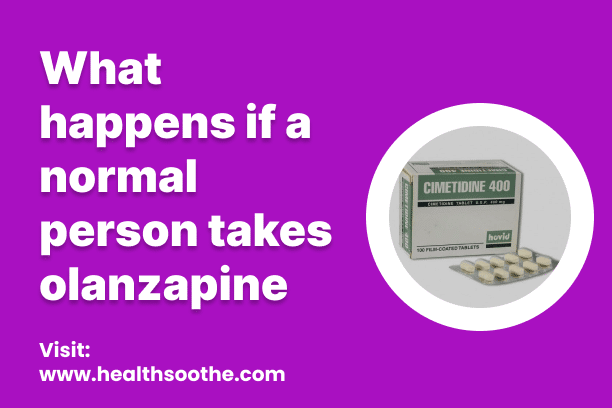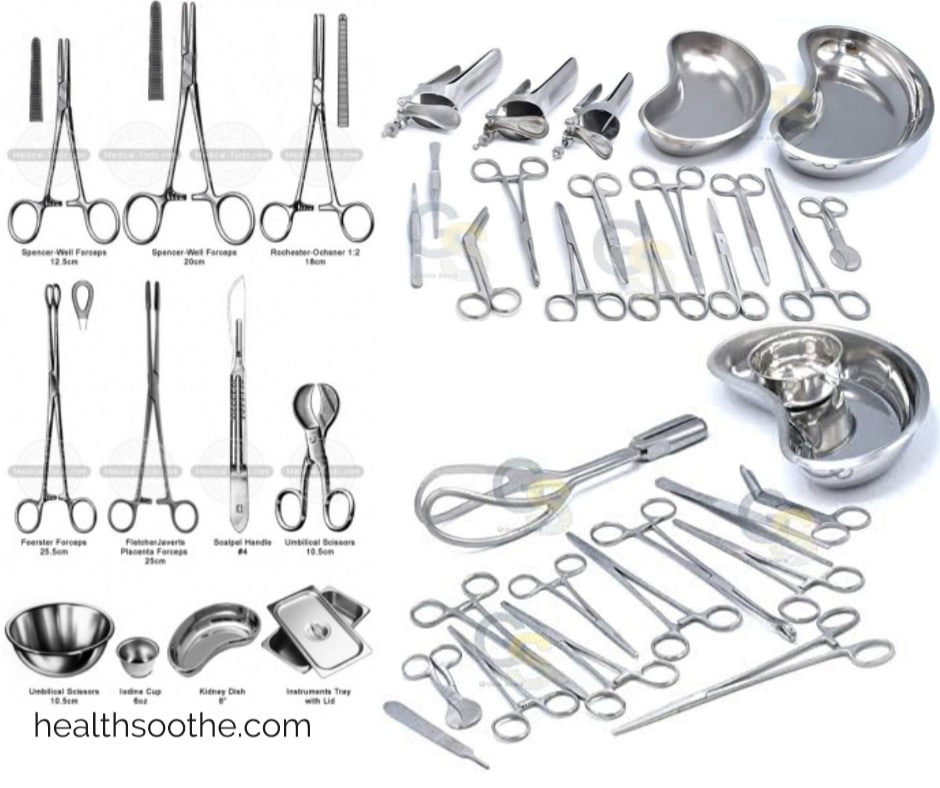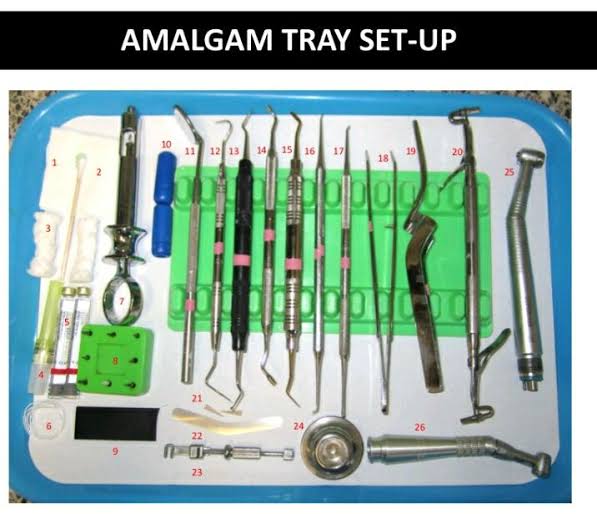The Achilles is the biggest tendon in the human body. Beyond being a big tendon, it also has lots of functions. It plays a major role in running walking, and jumping. This means if it gets injured, lots of activities which seem quite normal will be affected. If you rupture your Achilles tendon, you might be unable to live a normal live for a while until you fully recover.
There is no set time for one to recover fully from an injury to the Achilles tendon. The time that elapses before one recovers from Achilles tendon injury is dependent on how serious the injury is. If it is something minor, recovery period might be relatively short. On the other hand, if it is a major injury, I will take a fairly long period for one to fully recover.
If all that occurs in tendinitis, you will feel some discomfort, as well as pain. However, your life will get back to normal after making use of some ice parks and resting for some weeks. However, if the Achilles tendon is ruptured, it will take a much longer period to heal.
Various people approach treating a rupture of the Achilles tendon in different ways. Some of them have surgery, while others do not opt for surgery and just wear braces for Achilles tendon pain. All things being equal, people that opt for surgery have a better chance of absolute healing. In addition to being absolutely healed, their chances of being affected by a ruptured Achilles reduces greatly.
The Non-Surgical Alternative
When one has a minor damage to their Achilles tendon, there might be no need to undergo surgery. You might simply need to spend some time resting and put some ice. This is in addition to putting on a boot and undergoing physical therapy.
For individuals that have a ruptured Achilles tendon, a doctor will consider certain factors before deciding they need to undergo surgery. These factors include how active you are and how old you are. Individuals that are younger and live an active lifestyle will be considered better prepared for surgery.
When making use of the nonsurgical alternative, there are various routes you can take. One of these routes is making use of a cast that begins above the knee and extends all the way to the toes. When this cast is first used, the foot will be pointed towards the ground. After a fairly long while, this cast should be replaced with a shorter cast. In addition to this, your doctor will help you move your foot back to its normal position. This will take place very gradually. If you are looking to make use of this form of treatment, you will need a lot of patience as you might need to wait for 6-12 weeks.
When you are done with using this cast, you will need a good level of physical therapy to get back to being normal.
The Surgical Alternative
The surgical alternative of treating a ruptured Achilles is less time consuming. It is a procedure that lasts just 30 minutes. Once you are done with this procedure, you do not get admitted into the hospital. You can go home the same day. After the surgery is carried out, the doctors will put a cast around your leg. This cast will extend from your just under your knee all the way to your toes. Furthermore, your leg will be pointed towards the ground.
After going through this process, you will need crutches for ambulation as you will get instructions not to put any weight on the recovering leg.
After about two weeks, you will head back to the hospital and your cast will be taken off. After taking your cast off, your doctor will go further to take off the stitches on your leg and look into the wound to see the level of healing already achieved. If your wound has healed to a large extent, you will not need to put on a cast anymore. Your cast will be replaced with a walking boot. Walking boots help ambulation as they have heel lifts which keep the foot, as well as the ankle positioned rightly. After getting a walking boot, you will need to begin undergoing rehab. All these activities will help the wound heal very rapidly.
If your wound is still relatively unhealed after your doctor opens up the cast and stitches, then, you might have to continue putting on the cast.
After a 4 week period, your wound is expected to be a lot better. Due to this, your doctor will move your boot until your leg is positioned neutrally. At this point, you will constantly undergo physical therapy. In these series of therapies, your physical therapist will move teach you the various exercises that you need get your calves back into shape.
This process does not stop after a four week period. It continues into the 6th week and the 8th week. From the 6th week, you will not visit a physical therapist as frequently as you did in the 4th week. At the 8th week, you should begin standing on your recovery leg with aid from crutches. This should be done for 10 seconds at a time. At this point, you might also need to stop putting on the boot. This is in addition to the fact that you can begin taking part in some activities.
After being injured for about 4-6 months. You should be ready to lead a normal live. Although at this point, you can go on with your live as if nothing actually happened and can take part in lots of activities with no pain, your Achilles is not fully healed yet. Total recovery from a ruptured Achilles tendon occurs after about 12 months. After recovery totally, your strength might never get to 100%.
You Will Need Achilles Orthotics
When you get injured in your Achilles tendon, regardless of the route you make use when treating yourself, you will need to put a device in your shoes. This device is an orthotic and will help your heels get raised so they do not work too hard.







